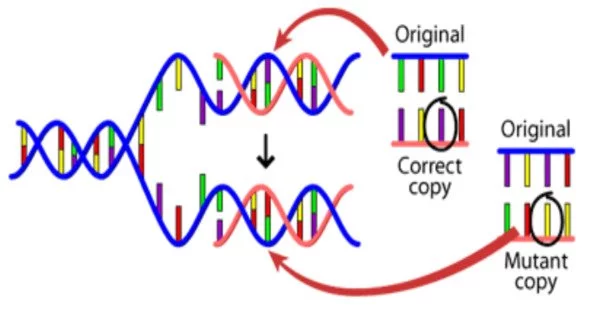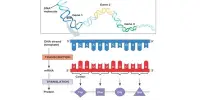The variability in genetic material within a population is referred to as genetic variance. It is a concept outlined in the fundamental theorem of natural selection by the English biologist and statistician Ronald Fisher. Fisher proposes in his 1930 book The Genetical Theory of Natural Selection that the rate of change of biological fitness can be calculated using the genetic variance of the fitness itself. It is a measure of the genetic differences between individuals in a group.
Genetic variation is important in evolution because it is the raw material on which natural selection acts. Fisher attempted to provide a statistical formula for how changes in allele frequency can be attributed to changes in fitness in a population. Fisher made no restrictive assumptions in his formula concerning fitness parameters, mate choices or the number of alleles and loci involved.
There are two primary components of genetic variance:
- Additive Genetic Variance: This component is the result of individual genes’ additive effects. Because offspring inherit half of their genes from each parent, it contributes to the resemblance between parents and their offspring. Because it determines how much a population can change in response to selective breeding, additive genetic variance is an important factor in the response to artificial selection.
- Non-additive Genetic Variance: This component includes gene interactions (dominance and epistasis) as well as other non-additive effects. Dominance occurs when one gene masks the effect of another at the same locus, whereas epistasis occurs when genes at different loci interact. Non-additive genetic variance can impact trait genetic architecture and complicate predictions based solely on additive effects.
Understanding genetic variation is important in many fields, including genetics, evolution, and selective breeding. It assists researchers and breeders in predicting the outcomes of mating strategies, assessing trait heritability, and understanding the genetic basis of various phenotypes.
The concept of genetic variation is central to evolutionary biology, plant and animal breeding, and human genetics. Various statistical methods are used by researchers to estimate genetic variance and understand the genetic basis of traits in different populations.
















